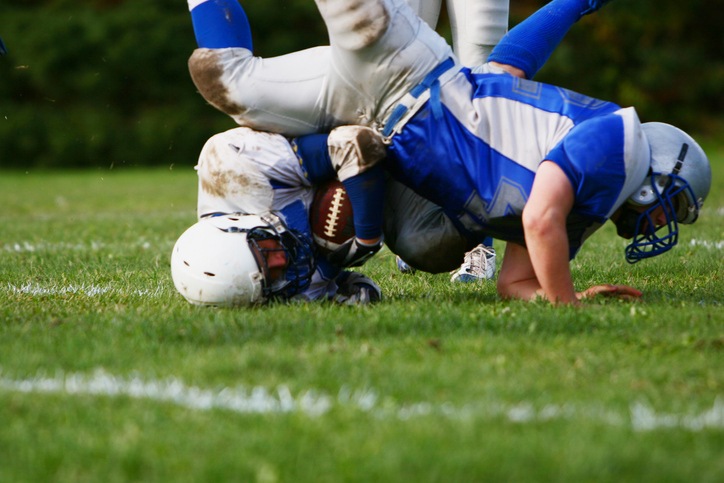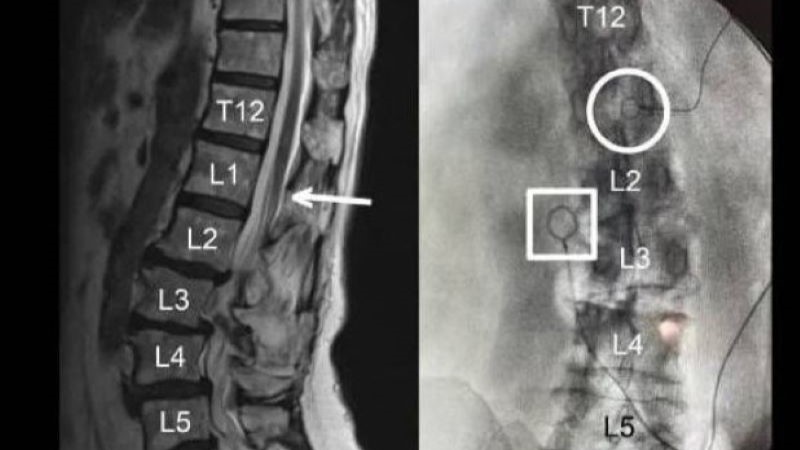
James Andrews, MD, is a well-known orthopedic surgeon in the world of sports. He is a founding member of the Andrews Sports Medicine & Orthopaedic Center, located in Birmingham, Ala., and he is a co-founder of the American Sports Medicine Institute. Today, he is the senior consultant for the Washington Redskins and orthopaedic medical director for the Tampa Bay Rays. His work in the NFL recently earned him a spot on Sports Illustrated’s “100 Figures Who Shaped the NFL’s First Century” list.
The Andrews Sports Medicine & Orthopaedic Center’s website shares injury prevention strategies for numerous sports, including football. One such category of injury is overuse—a topic Dr. Andrews discussed during a recent interview with the Pensacola News Journal.
“I think we have way too many games already,” he told the publication. “I’d like to see the fatigue factor eliminated to some degree. It’s really related to the injuries that we see.”
It’s not just football, though. According to Dr. Andrews, football is just one of several sports that now require training or games year-round. And in light of a recent announcement that the NFL intends to shorten its preseason—likely extending the playoff season—Dr. Andrews said the risk for injury simply increases, “at the expense of the players.”
“Like anything in a capitalist society, the mighty dollar still dictates what happens out there,” he said. “I hope the NFL doesn’t try to go after the financial aspects by adding games.”
Dr. Andrews has been involved with football—both at the professional and collegiate level—for many years and admitted that the game looks very different from when he first entered the world of sports.
“[Football]’s changed in the fact that they’re bigger, stronger, hit harder and run faster. I think there are more injuries now than there used to be,” he said. This applies to both NFL and college players. And more time spent on the field means more chances of getting hurt: “The more games you play, the more risk for injury you have.”
Football-related Injuries
A recent study published in Sports Health: A Multidisciplinary Approach evaluated the effect of a sudden increase in player workload on soft tissue injury. Between 2014 and 2016, player workloads were evaluated during preseason and regular season practice sessions with GPS tracking and triaxial accelerometry. Injured players were position-matched to uninjured controls. Each player’s workload during the week of the injury (acute) and average weekly workload during the four-week period leading up to the injury (chronic) were calculated.
Of 136 recorded lower extremity injuries, 101 had complete GPS and clinical data and were eligible for analysis. The researchers observed that among the injured players, compared to controls, the workload increased during the week of injury over the prior month.
“Injured players saw a 111% (95% CI 66%-156%) increase in workload whereas uninjured players saw a 73% (95% CI 34%-112%) increase in workload during the week of injury (P = 0.032). Individuals who had an acute to chronic workload ratio higher than 1.6 were 1.5 times more likely to sustain an injury relative to time- and position-matched controls (64.6% vs 43.1%, P= 0.004),” the study authors wrote. Most injuries that occur during football are traumatic injuries, largely attributed to the increased speeds and high levels of contact. A 2004 study of quarterbacks, published in The American Journal of Sports Medicine, found that 82.3% of shoulder injuries are a direct result of trauma, while 14% were due to overuse. Among the overuse-related injuries, the most prevalent were rotator cuff tendinitis (6.1%) and biceps tendinitis (3.5%).







 © 2025 Mashup Media, LLC, a Formedics Property. All Rights Reserved.
© 2025 Mashup Media, LLC, a Formedics Property. All Rights Reserved.